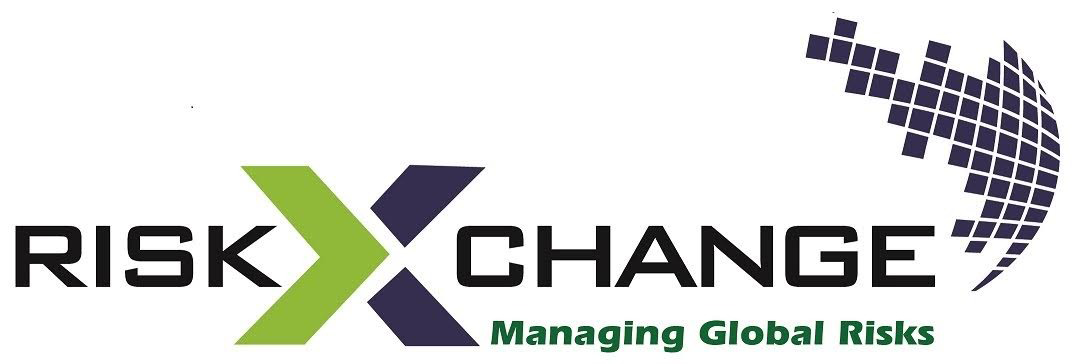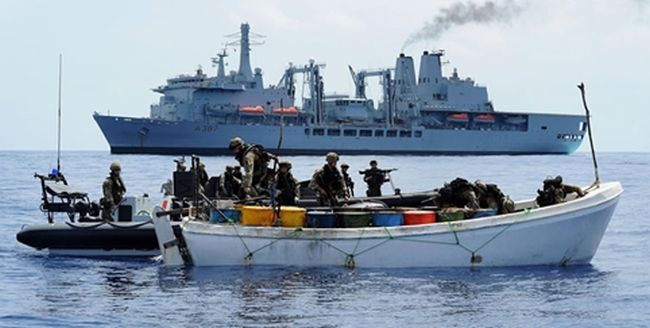PIRACY AND ITS IMPACT ON MARINE INSURANCE IN MIDDLE EAST AFRICA REGION
Introduction
Piracy is not a new problem. Wherever and whenever people have traded across the sea, pirates have carried out attacks and taken booty. The increased frequency and severity of the piracy attacks around the Horn of Africa is a major threat to the global shipping industry and its insurers. But it is not only the financial implications that have captured the world’s attention. The personal safety of crews and passengers is of prime concern. The potential for loss of human life increases as the attacks become more aggressive and violence escalates.
Piracy an important factor in Marine Insurance
Obtaining a marine insurance policy – whether for a vessel or for cargo remains the only reasonable precautionary measure to secure your interests against a peril, it is still doubtful whether the same would suffice in case of an incident involving piracy. How far the insured is protected against a piracy incident is not determined only by the insurance policy, but subject to the law governing marine insurance policies and how that law classifies piracy as an insured peril.
Is piracy a marine risk or war risk?
Piracy has oscillated through history between being treated as marine peril and war risks peril. The confusion as to the right placement of the peril of piracy is still noticeable, as various insurance markets have adopted different approaches. In London, until 2005 piracy was insured under ordinary hull coverage. However, the persistent nature of the piratical attacks has induced the London underwriters to start transferring it to the war risks policies. Historically, under English law, the position of piracy as an insured peril was tentative. For a period of time piracy was considered a war risk and hence excluded from the list of insured perils under the standard marine insurance policy. It required a separate war risk cover. However, the position appears to have changed recently with piracy now regarded as a marine risk and hence covered under the Institute Clauses 1983.
Piracy versus terrorism and hijacking
Even though piracy is an insured peril, the onus to prove the act of piracy for successful recovery remains with the insured, in particular, to establish that the act occurred was piracy and not terrorism, which means that the persons committing the act did so exclusively for their own material benefit, rather than pursuing a political, ideological or religious scope. Further, recovery by the assured becomes more intricate when the vessel is simply hijacked. The distinction between hijacking and piracy is roughly based on whether violence is used against the person (piracy) or whether force is used only to gain possession over the property (hijacking).
Is Piracy a problem for shipowners?
Piracy is a problem for all ship owners who trade globally, but it is clearly a much bigger problem for ship owners based in this region. Piracy covers are traditionally placed with several different providers of insurance. The value of the vessel is covered against piracy risks usually with their war risks hull policy. The loss of income following a piracy incident which leads to physical damage is usually protected within the loss of hire war policy. The actual ransom payments are (if insured) covered by a kidnap & ransom (K&R) cover whereas the actual loss of income following a piracy event (which has not led to physical damage of the vessel) would only be covered if an extension to the K&R cover was taken out. We believe that having four separate covers for the same exposure makes little sense.
STATISTICS related to piracy influencing marine insurance
There were 111 piracy-related incidents reported on the east coast of Somalia and the Gulf of Aden in the year 2008, representing an increase of nearly 200 percent compared with 2007. The reach of pirates in the region has extended hundreds of miles away from the coasts. All types of vessels with varying free-boards and speeds were targeted. The pirates boarding the vessels were also better armed than in previous years and prepared to assault and injured the crew. Pirates earned more than $30 million in ransoms in 2008 with the total bill estimated at close to $180 million due to payments to negotiators and other players. The estimated loss of profit, while ships are out of service, is not even discussed, but average insurance rates rose up to 400%. One recent study suggests that Somali piracy cost the international community up to US$ 6.9 billion in 2011 – that is a billion dollars more than Somalia’s GDP. Another attack that has brought so much fear into the shipping businesses and marine insurance markets was the hijacking of Maersk Alabama. Somali pirates surprised the marine world again and showed that they are ready to take their activities to another level. They seized the US-flagged vessel, the Maersk Alabama, with 24 crew members, all of whom were American citizens, carrying a cargo consisting of emergency food relief. Initially, the crew managed to fight back; however, pirates fled and took the captain as a hostage. Fortunately, the rescue campaign commenced by the American warship ended successfully, as the captain was freed.
How to mitigate losses in such a situation under marine insurance cover
An important principle to be kept into consideration while claiming from the insurance is the duty under which the ship-owner has to mitigate its own losses. He must, in fact, demonstrate that he has performed his best endeavors to avoid harsher and further consequences of his losses. In this sense, payment of ransom by the insured to recover the vessel might be considered as an attempt to mitigate the loss, and when the assured successfully mitigates his loss by paying a ransom, the same could be simply recovered under the sue and labor expenses clauses contained in the insurance policy.
Kidnap and Ransom (K&R) Policy
However, the insurance markets have introduced new products, in order to meet the needs of owners of vessels transiting through the dangerous areas. The policy that insures the ship-owner against the ransom payment, as well as the other costs associated with the piratical seizure is K&R policy. Furthermore, recently a new loss of hire/earnings due to piracy cover has been offered in order to protect ship-owners, charterers, and cargo owners against the losses resulting from ship detention that can last for several months. In addition, the attacks of Somali pirates became very violent and often result in the injury or even death of crew members. Therefore, the P&I Clubs are also facing the challenge posed to them by Somali pirates. Furthermore, the discussion has been initiated as to the possible P&I Clubs’ contribution to the ransom payments. Claims arising from piracy have exceeded $300 million and it is hard to see any solution in the short term. Meanwhile, the additional cover and support provided by a kidnap and ransom (K&R) policy have resulted in the policy being expensive to those who have elected to purchase such policies.
SUMMARY
The marine insurance developments in relation to piracy coverage seem to protect the insurance markets from the ransom claims. What is forgotten is that unfortunately human lives very often depend on such ransom payments. Therefore, the ransom insurance might have another function as it has an impact on the length of detention, the health, and even the lives of seafarers. However, the issue of piracy encouragement comes across as many would argue that such an approach will only support the development of piracy, not only in Somalia but also in other “failed states”.
It seems that so far, no perfect solution has been found and it might be assumed that actually there will be none. It might be suggested that hitherto the marine insurance markets have been trying to cope with the new challenge posed to them by Somali pirates. There might be many opposing views, whether they have succeeded in doing so or not. Nevertheless, it seems that it is not entirely clear where the law stands at this moment, therefore recent activities have also created a challenge for new developments of the law of marine insurance that the ship-owners and cargo owners all over the world are waiting.
Disclaimer: The views expressed by me in this article are personal & professional and not those of my employer, clients, or any other organization. The opinions expressed do not constitute any legal advice, or risk management advice. The views discussed are for educational purposes only.



